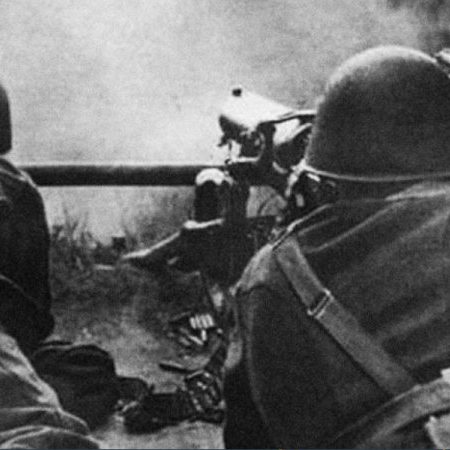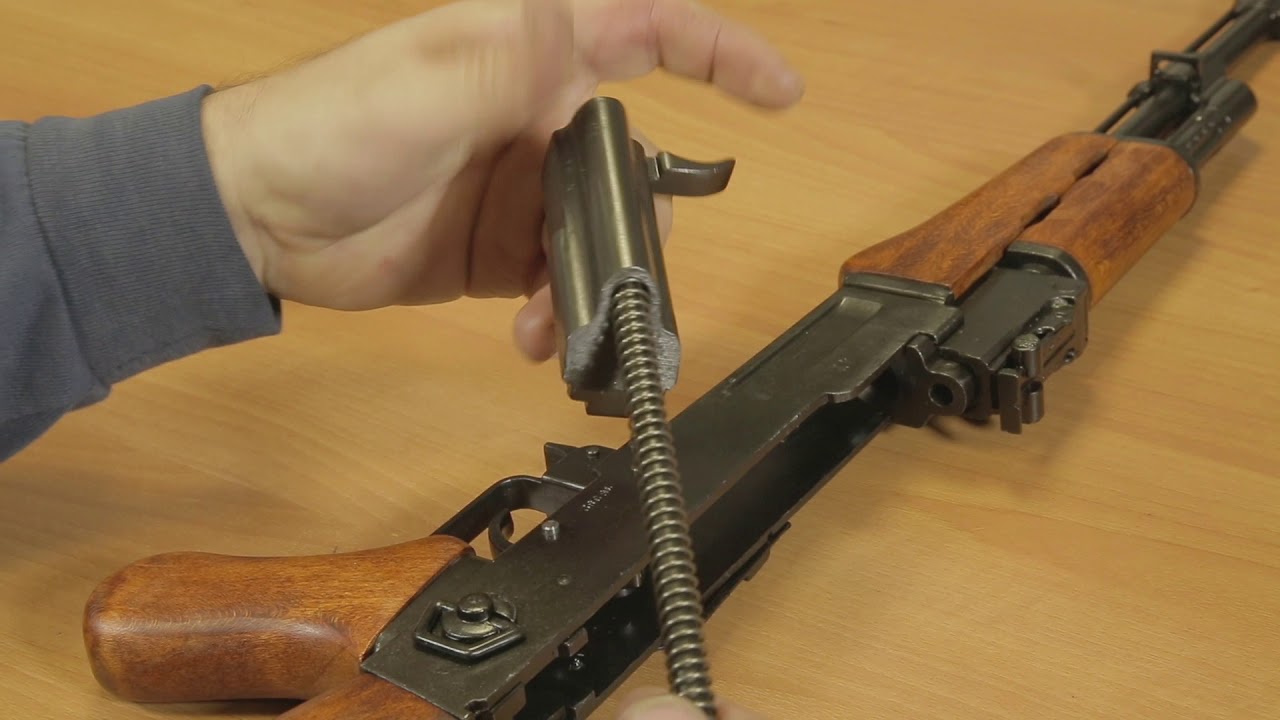


WAR CURIOSITIES: MEN AND WEAPONS. A DAY OF FIGHTING BEYOND THE RHINE
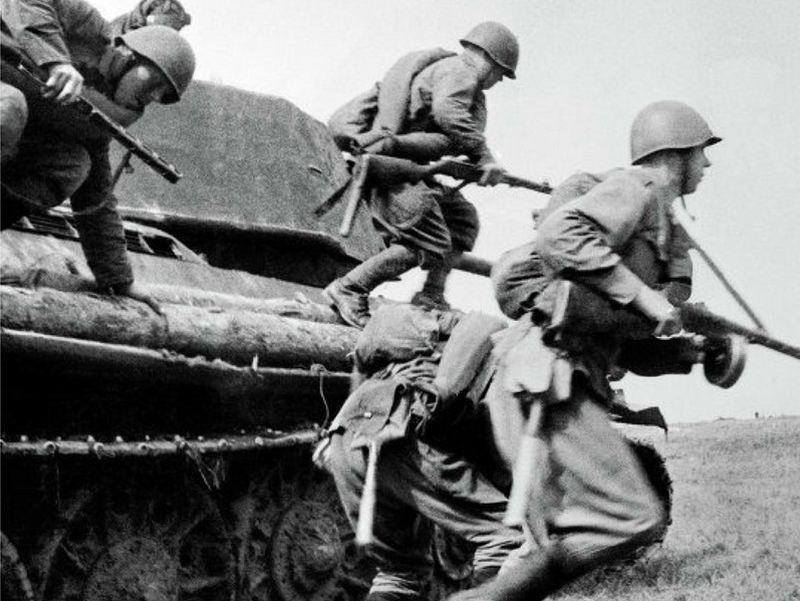
WAR CURIOSITIES: A FIGHT TO THE DEATH IN THE REICHSTAG
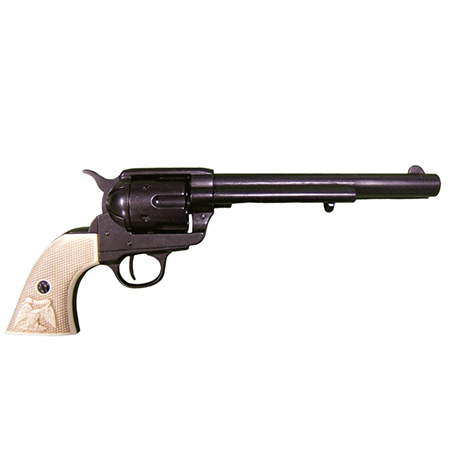
GUNS AND THEIR HISTORY: “God created man, Sam Colt made them equal”

VIDEO ASSEMBLY TUTORIALS: M1928 SUBMACHINE GUN, USA 1918

VIDEO PRESENTATION: Colt 1911 pistol
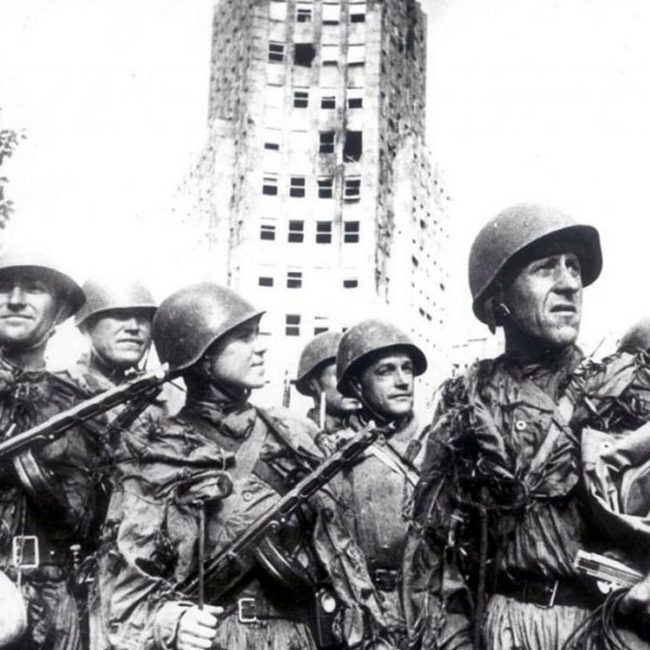
GUNS AND THEIR HISTORY: LIBERATION OF BELGRADE
After the invasion of Yugoslavia by the Axis in April 1941, Belgrade remained as the capital of the occupied Serbia and various movements of resistance arose: Partisans and Chetniks assumed the fighting to the German army.
By 1943, the Partisan Army under Tito’s command was controlling more than half of the territory of the old Kingdom of Yugoslavia.
At the end of September 1944, the 2nd Panzer Army was in Belgrade with no possibility of starting a counterattack, and retracted to Croatia.
On October 12, the Red Army and Partisans broke the enemy resistance in the south of Belgrade and approached it two days later. The Yugoslavs advanced towards the city from the south of the Sava River, while the Red Army participated in the fighting in the north. The eviction of the city was made by urban battles fought in the main buildings, where the Germans had become strong. The assault on the city was delayed due to the diversion of forces to eliminate the resistance of thousands of enemy soldiers, surrounded between Belgrade and Smederevo.
Finally on 20 October, Belgrade was completely liberated by the Yugoslav and Soviet forces.
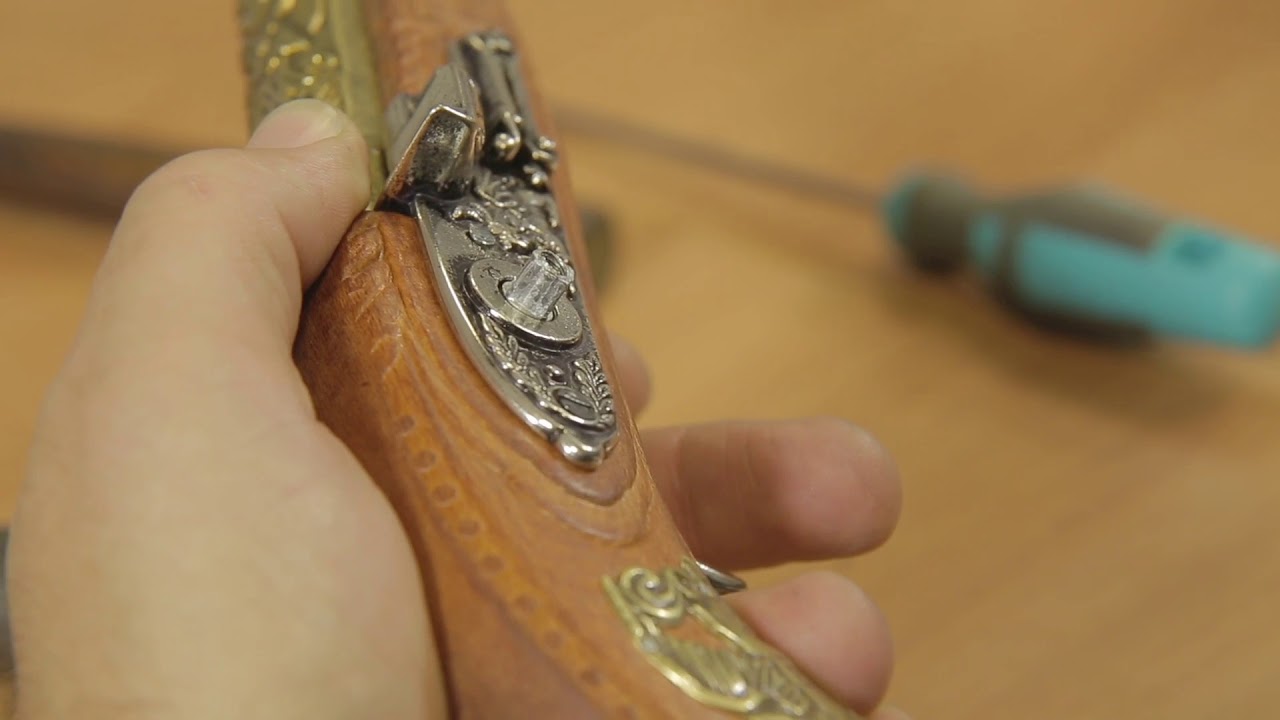
VIDEO ASSEMBLY TUTORIALS: FLINTLOCK DUELING PISTOL, FRANCE 1810
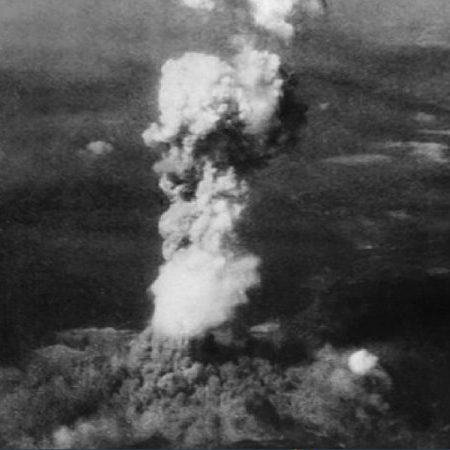
GUNS AND THEIR HISTORY: HIROSHIMA
On Monday, August 6, 1945, the Little Boy nuclear weapon was released on Hiroshima. Some military camps were in the vicinity, including the headquarters of the Fifth Division and those of the Second General Army of Field Marshal Hata Shunroku, who commanded the defense of the entire southern part of the country.
The Little Boy bomb was dropped at 08:15 a.m. and reached 55 seconds the height determined for its explosion, approximately 600 meters above the city. It is estimated that instantaneously the temperature rose to more than one million degrees Celsius, which burned the surrounding air, creating a ball of fire of 256 meters in diameter. In less than a second the ball expanded to 274 meters, the radius of total destruction was 1.6 kilometers, causing fires in 11.4 km².
Between 70,000 and 80,000 people, about 30% of the population of Hiroshima, died instantly, while another 70,000 were injured.
original post published by DENIX on their website
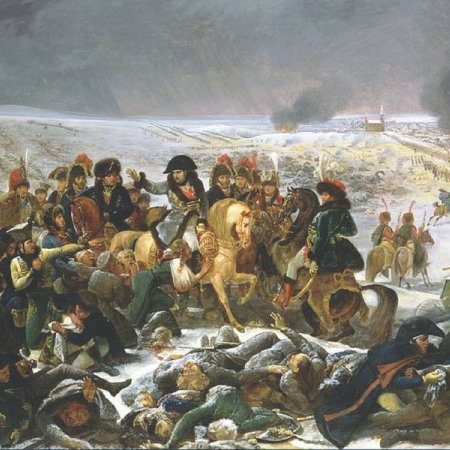
GUNS AND THEIR HISTORY: BATTLE OF EYLAU
On the 7th and 8th, February 1807 the Battle of Eylau took place, between the forces of Napoleon I and the Russian army.
After the battles of Austerlitz and Jena-Auerstädt, Napoleon occupied the German cities and marched eastward, entering Poland with little resistance. The battle began when the French forces moved forward to occupy the town of Eylau, where the Russian army was located. It quickly spread into a long and bitter confrontation that continued into the night.
At dawn there was almost no visibility and the dense storm clouds continued throughout the day. The enemy forces occupied two parallel crests, and shortly after 8:00 they began the artillery duel.
After 14 hours of continuous battle, the Russian army began to retreat stealthily, but the French did not realize it until 4 hours later and were not in a position to initiate the persecution. Technically, the French have gained possession of the battlefield, but they had suffered enormous losses and failed to destroy the Russian army.
original post published by DENIX on their website
VIDEO ASSEMBLY TUTORIALS: M1911 A1 PISTOL, USA
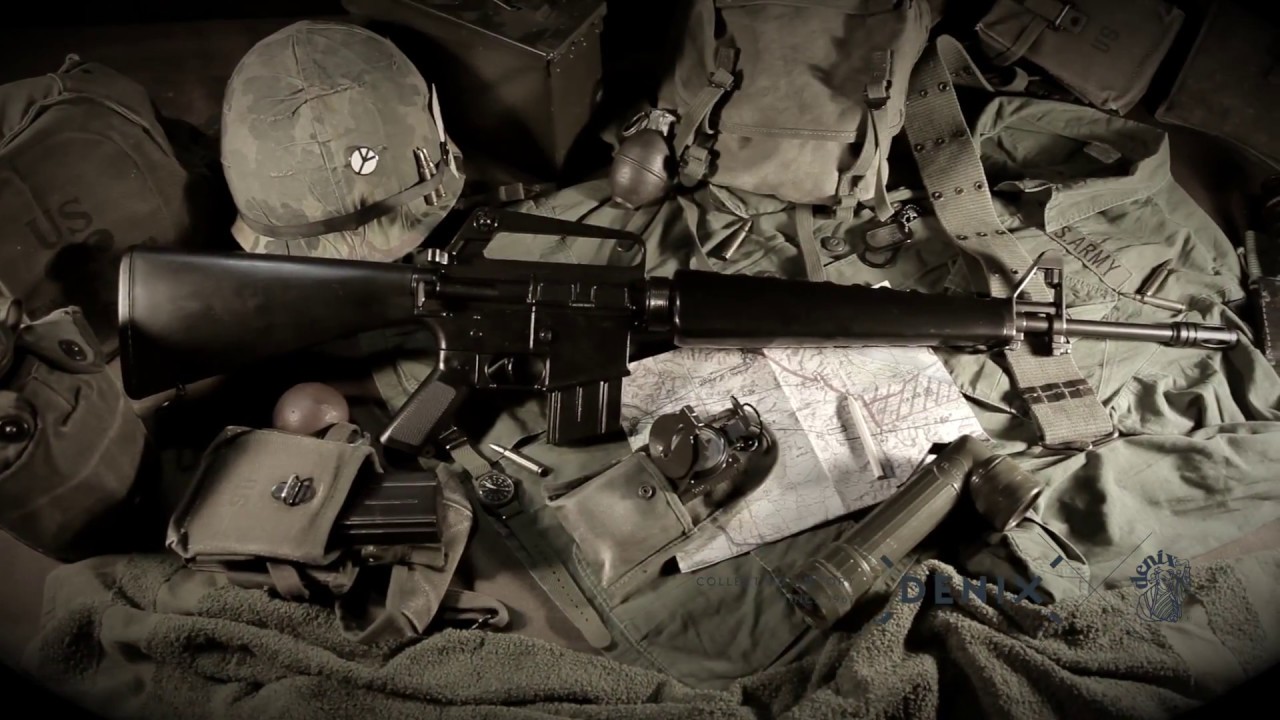
VIDEO PRESENTATION: M16 ASSAULT RIFLE
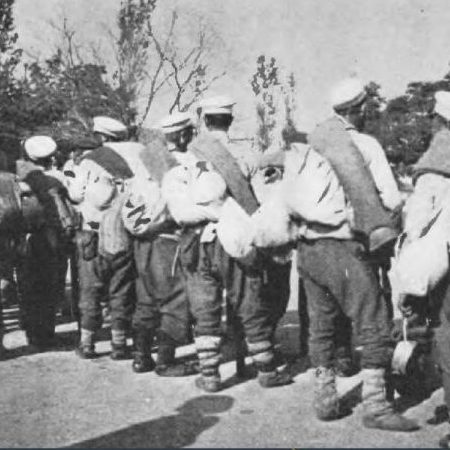
GUNS AND THEIR HISTORY: SECOND BALKAN WAR
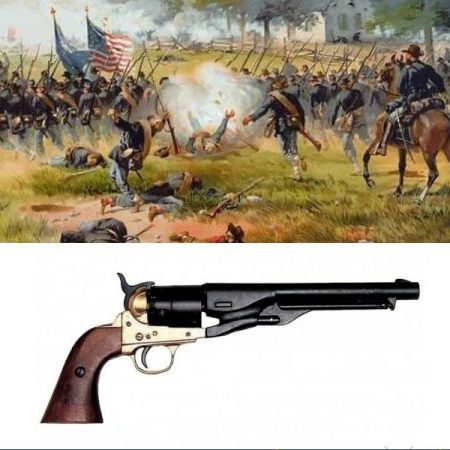
GUNS AND THEIR HISTORY: AMERICAN CIVIL WAR
